The Virtual Reality Software Market is currently characterized by a dynamic competitive landscape, driven by rapid technological advancements and increasing consumer demand for immersive experiences. Key players such as Meta Platforms (US), Sony Interactive Entertainment (JP), and NVIDIA Corporation (US) are at the forefront, each adopting distinct strategies to enhance their market positioning. Meta Platforms (US) continues to focus on innovation, particularly in social VR applications, while Sony Interactive Entertainment (JP) leverages its strong gaming portfolio to integrate VR into its existing ecosystem. NVIDIA Corporation (US) emphasizes AI-driven graphics solutions, enhancing the realism of VR experiences, which collectively shapes a competitive environment that is increasingly reliant on technological differentiation.
In terms of business tactics, companies are localizing manufacturing and optimizing supply chains to enhance efficiency and reduce costs. The market structure appears moderately fragmented, with a mix of established players and emerging startups. This fragmentation allows for diverse offerings, yet the collective influence of major players like Meta Platforms (US) and Sony Interactive Entertainment (JP) tends to dominate market trends and consumer preferences.
In November 2025, Meta Platforms (US) announced a strategic partnership with Unity Technologies (US) to enhance the development of VR content. This collaboration aims to streamline the creation of immersive experiences, potentially increasing the accessibility of VR technology for developers. The significance of this partnership lies in its potential to foster innovation and expand the VR content ecosystem, thereby attracting a broader audience.
In October 2025, Sony Interactive Entertainment (JP) unveiled its latest VR headset, which features advanced haptic feedback technology. This launch is pivotal as it not only enhances user immersion but also positions Sony as a leader in the gaming segment of the VR market. The introduction of such cutting-edge technology is likely to set new standards for user experience, compelling competitors to innovate further.
In September 2025, NVIDIA Corporation (US) expanded its software offerings by integrating AI capabilities into its VR development tools. This move is crucial as it allows developers to create more realistic and responsive environments, thereby enhancing the overall user experience. The integration of AI into VR software could redefine how developers approach content creation, making it a key differentiator in the market.
As of December 2025, current competitive trends indicate a strong emphasis on digitalization, sustainability, and AI integration within the Virtual Reality Software Market. Strategic alliances, such as those between Meta Platforms (US) and Unity Technologies (US), are shaping the landscape by fostering innovation and collaboration. Looking ahead, competitive differentiation is likely to evolve from traditional price-based competition to a focus on technological innovation and supply chain reliability, as companies strive to meet the growing demand for high-quality, immersive experiences.
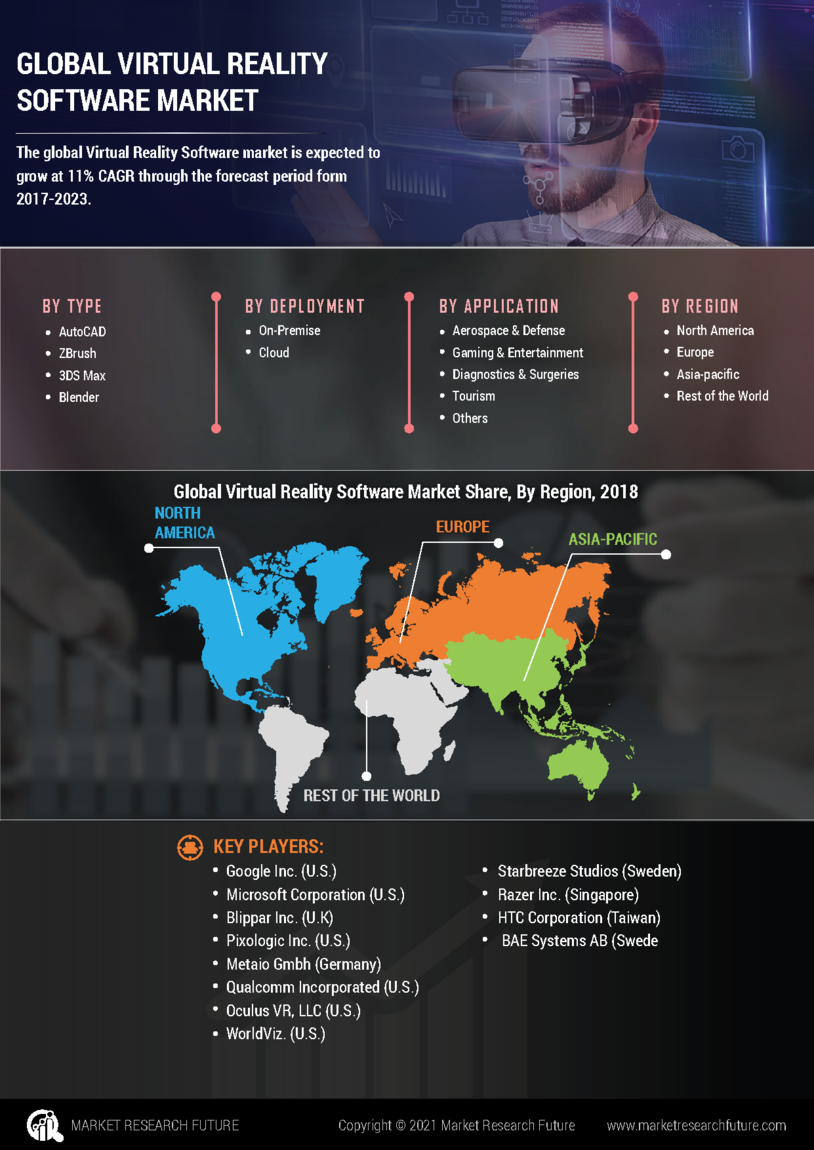

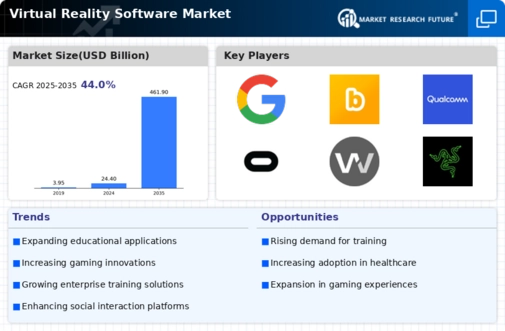


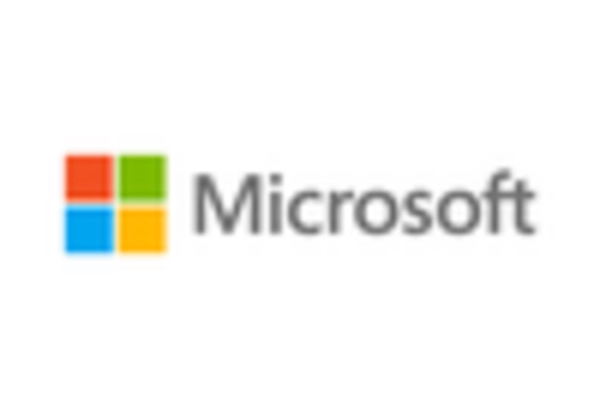
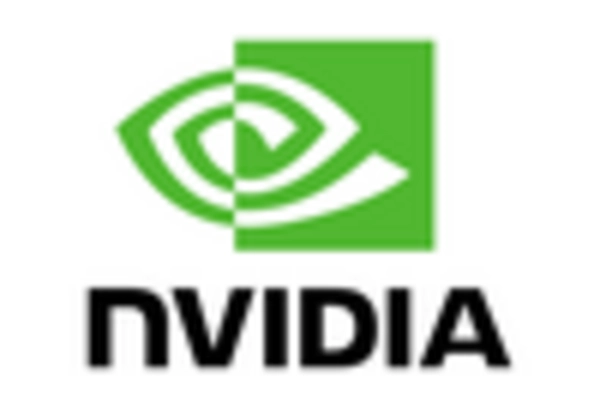
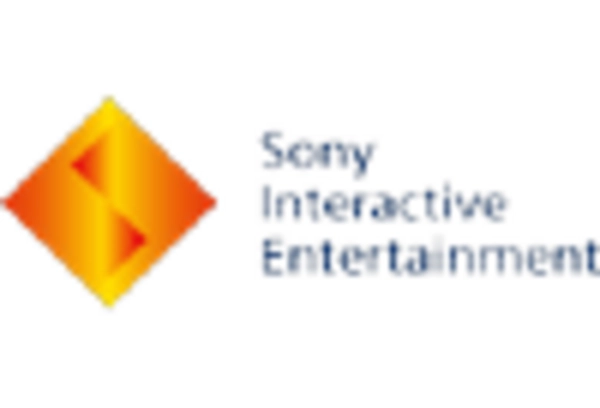









Leave a Comment